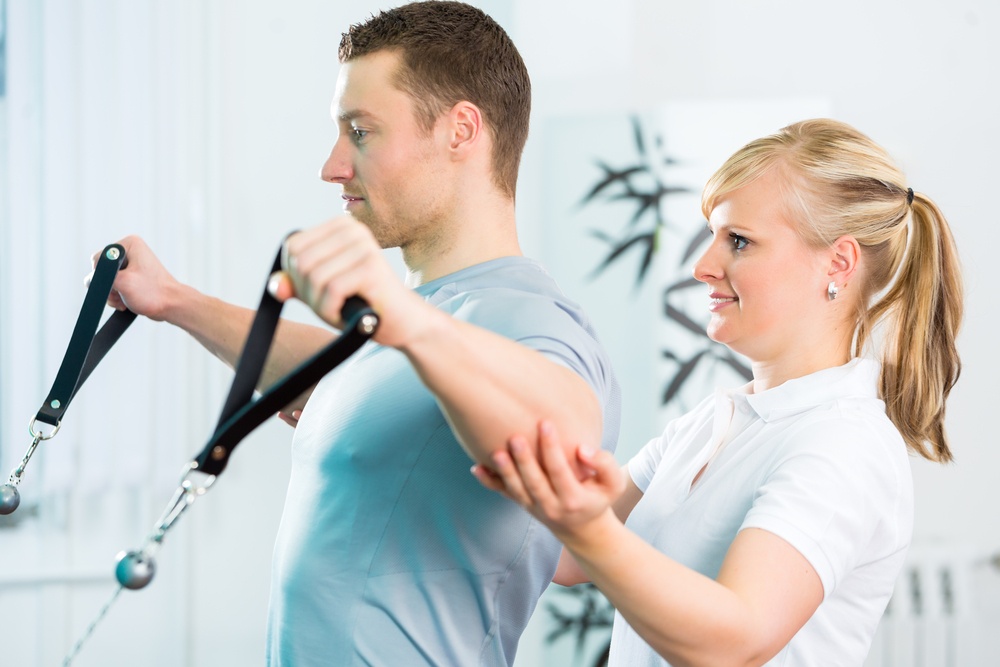One frequent method used in physical is rehabilitative exercise. This involves targeted actions and activities that assist build muscles, enhance flexibility, and increase stamina. For instance, a patient rehabilitating from knee operation may engage in exercises that concentrate on rebuilding strength in the lower limb muscle groups. These exercises are carefully chosen based on the patient’s status and objectives. By gradually boosting the difficulty and complexity of the activities, physical practitioners can assist patients recover their power and mobility over a period.

Another crucial method is hands-on therapy, which includes physical methods to adjust the body’s tender tissues and articulations. This can entail stretching, joint movement, and massage. Hands-on treatment aims to alleviate pain, minimize swelling, and enhance circulation. For instance, a practitioner may use light pressure to relieve tension in stiff muscles or to assist a joint function more smoothly. This technique is often integrated with other treatments to improve recovery and encourage healing. Clients often find hands-on therapy to be a soothing and effective way to control their discomfort.
In furthermore to exercises and hands-on therapy, instruction plays a crucial role in physical. Practitioners teach clients about their conditions and how to handle them effectively. This may entail guidance on proper alignment, physical movements, and techniques to avoid future traumas. For instance, a therapist might show a client how to lift heavy items safely to prevent straining their spine. By empowering clients with understanding, physical practitioners help them assume an engaged role in their rehabilitation and encourage sustained health and fitness.
Ultimately, technology is progressively being integrated into physiotherapy practices. Devices such as ultrasound, electrotherapy impulses, and virtual environments can improve traditional therapy methods. These tools can assist reduce discomfort, promote healing, and offer engaging methods for clients to participate in their recovery. For example, virtual environments can create engaging environments for patients to rehearse movements in a safe plus secure setting. As technology continues to evolve, it provides promising possibilities for enhancing rehabilitation outcomes in physiotherapy.
In conclusion, physical includes a range of techniques that function in unison to support news rehabilitation and healing. Through therapeutic activities, hands-on therapy, patient instruction, and the use of technological tools, physical therapists offer holistic care customized to each patient’s needs. This holistic method not only helps patients recover their bodily abilities but also empowers them to sustain their well-being in the long run. As an increasing number of individuals recognize the advantages of physiotherapy, it continues to play a vital role in the pathway toward improved well-being and fitness.